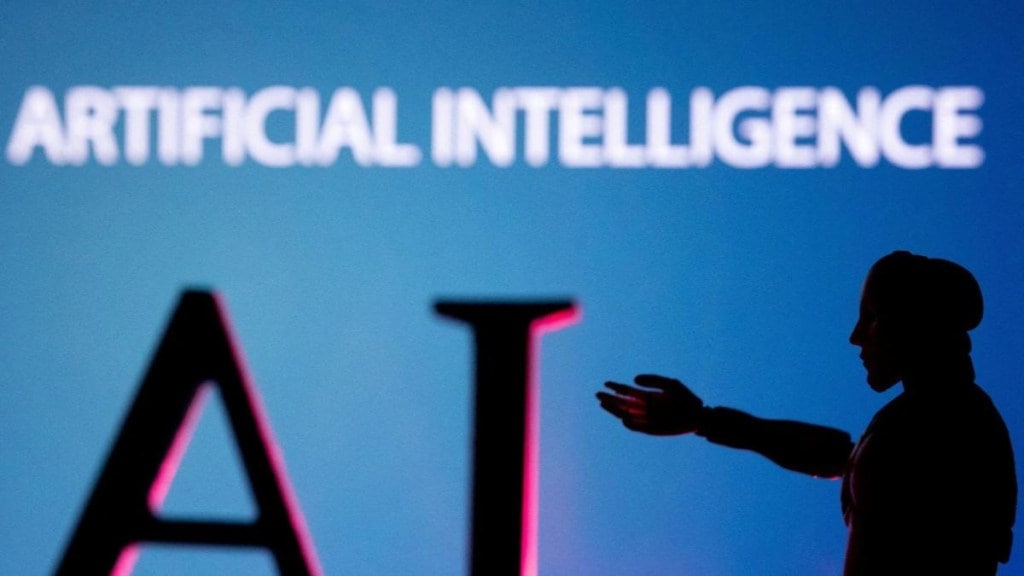By Vamsi K Mukkamala
In today’s hyper-competitive business landscape, understanding customers is not merely an advantage but a necessity. Customer segmentation, the practice of dividing a market into distinct groups with common needs, behaviors, or characteristics, has long been the cornerstone of successful marketing strategies.
However, the methods and tools for segmentation have evolved significantly over time, driven by advancements in technology and consumers’ ever-changing demands. From rudimentary demographic classifications to sophisticated psychographic profiling, businesses have constantly sought more nuanced insights into their target audience.
Now, standing at the precipice of a new era, where artificial intelligence (AI) permeates nearly every aspect of our lives, the evolution of customer segmentation takes another leap forward. Generative AI, with its ability to synthesize data, predict trends, and create personalized experiences, promises to revolutionize how businesses understand and engage with their customers.
Let’s explore the evolution and transformative potential of generative AI in shaping its future.
Genesis of Customer Segmentation
Customer segmentation’s roots can be traced back centuries, but it didn’t gain prominence in marketing discourse until the mid-20th century. Initially, segmentation relied heavily on demographic factors such as age, gender, income, and geographic location. Though rudimentary by today’s standards, this approach provided businesses with a basic framework for understanding their customers’ needs and preferences.
Businesses are changing how they understand customers. Instead of just looking at what people buy, they’re now studying how people behave and interact with products or services. This helps them understand what customers really like. They’re also looking at attitudes, lifestyles, and personality traits to figure out who might buy what.
As markets became more saturated and consumer behavior grew increasingly complex, traditional demographic segmentation proved inadequate.
Nowadays, companies are using big data and fancy computer programs to better understand customers. These tools help them sort through huge amounts of information to find useful insights. They can even predict what customers might do next, which allows them to plan.
In the future, we might see even more advanced tools, like generative AI. This kind of AI can create super personalized content and suggestions by really understanding what each person likes. It can also change marketing messages on the fly based on customer behavior.
Era of Data-driven Insights
Navigating the preferences of newer generations like Gen Z and millennials can be tough for businesses. One major hurdle is distinguishing between customer and consumer data. Both types are crucial for knowing and engaging with the audience, but how we gather, handle, and sort this information has changed as time evolved.
The advent of the digital age ushered in an era of unprecedented data proliferation. With the rise of e-commerce, social media, and digital advertising, businesses found themselves inundated with vast amounts of customer data. This wealth of information paved the way for the emergence of data-driven segmentation techniques, leveraging advanced analytics to uncover hidden patterns and correlations within the data.
Cluster analysis, a statistical technique that identifies groups of similar customers based on their purchasing behavior, became a cornerstone of modern segmentation strategies. By segmenting customers based on their transaction history, browsing behavior, and engagement metrics, businesses could personalize their marketing efforts with pinpoint accuracy.
Businesses are adapting to the intricacies of data by viewing it as a knowledge graph. This means they focus on the connections between data points, not just the individual pieces of information. This helps them understand why consumers behave in certain ways and create better customer groups.
Promise of Generative AI
While data-driven segmentation has undoubtedly revolutionized marketing practices, it is not without its limitations. Traditional analytical techniques often need help to uncover subtle, nuanced relationships within complex datasets, leading to oversimplified segmentation schemes.
Generative AI, however, promises to transcend these limitations. Unlike traditional AI models, which rely on predefined rules and patterns, generative AI can learn from data in an unsupervised manner, identifying complex patterns and generating new insights autonomously.
By harnessing the power of generative AI, businesses can unlock a treasure trove of untapped potential in their customer data. From predicting future trends to generating hyper-personalized marketing content, generative AI has the potential to revolutionize every aspect of customer segmentation.
This technology can handle large amounts of data and analyze it, creating personalized marketing plans that see each customer as an individual group. Unlike older AI models that work with set rules, generative AI learns from data and creates new things. This makes it great for making super-customized customer experiences.
For example, consider Spotify’s Discover Weekly feature. It creates a special playlist for each user based on what they listen to, giving each person a one-of-a-kind experience.
Future of Customer Segmentation with Generative AI
Looking ahead, the future of customer segmentation with generative AI appears both promising and transformative. By synthesizing vast amounts of heterogeneous data sources – from transaction records to social media interactions – generative AI can create rich, multidimensional customer profiles that capture the essence of each individual.
Moreover, generative AI can go beyond mere segmentation and enable truly personalized marketing experiences. By analyzing subtle nuances in customer preferences and behaviors, AI-powered systems can dynamically adapt marketing content in real-time, ensuring relevance and resonance with each consumer.
Additionally, AI helps improve the accuracy of predicting customer lifetime value (CLV). This allows businesses to focus on important customers and plan ways to keep them coming back. By combining AI with human knowledge, companies can find the right balance between automation and understanding customer behavior. This highlights the ongoing need for humans to refine models and understand customer insights.
Furthermore, generative AI has the potential to democratize segmentation, making advanced analytics accessible to businesses of all sizes. With the proliferation of cloud-based AI platforms and off-the-shelf solutions, even small and medium-sized enterprises can harness the power of generative AI to gain a competitive edge in the market.
As businesses navigate an increasingly complex and competitive landscape, those that embrace the transformative potential of generative AI will undoubtedly emerge as the leaders of tomorrow, forging deeper connections with their customers and driving sustained growth and innovation in the years to come.
The author is data analytics and AI research specialist









